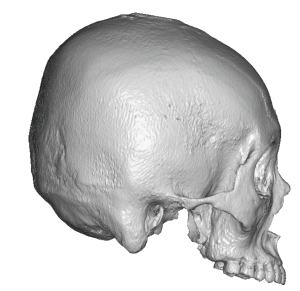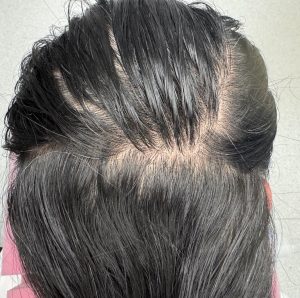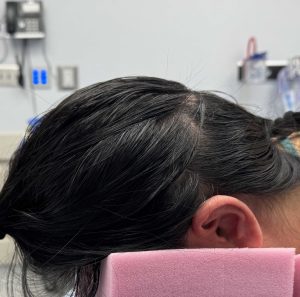Background: One of the most common augmentations of the skull is on the back of the head. Amongst flat back of the head the crown area is when entire back lacks projection otherwise known as brachycephaly. When the entire back of the head is flat the crown area is often high and the posterior temporal areas is usually wide. When considering implant augmentation of the flat back of the head the desired amount of increase projection is controlled by how much the scalp can be stretched. Well there is no exact formula for calculating how much volume discount can tolerate there are some general guidelines which include ethnicity, thickness of the scalp and skin pigmentation.
In most cases of bilateral augmentation of the flat back of the head the goal of implant projection is directly horizontal keeping it off of the top and sides of the head. But there are cases where the overall head is felt to be smaller and the patient may desire an augmentation that turns the corners onto the top and sides of the head. By doing so this allows the augmentation to go further on to the top of the head for increased overall head size. In most cases of doing so the patient scalp can usually not stretch to accommodate such large surface area involvement. This is an indication were a first stage scalp expansion is necessary.
In such larger custom school implants besides the consideration of parading enough scout to accommodate it one also has to think about how the implant will be placed through the scalp. To avoid a large coronal ear to ear scalp incision the concept of segmentalizing the implant becomes necessary. The interesting concept about designing an implant to be inserted in multiple pieces is not how they will fit through the small scalp incision but how to put all of the pieces together underneath the scalp a near blinded fashion. Using small scalp incisions very little of the implant is actually seen. The pieces of the implant must fit together largely by using an external feel of the implant pieces through the scalp. This is a learned skill for which there is no precedence in doing so.


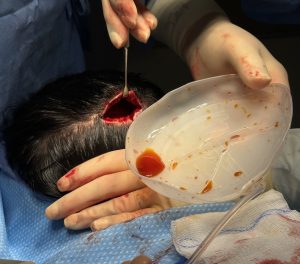
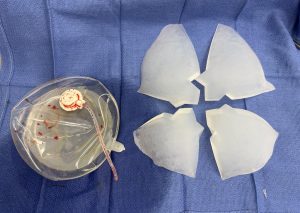
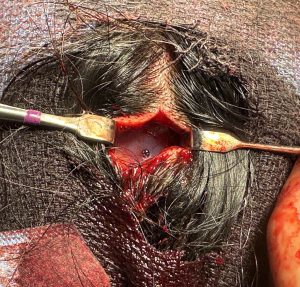

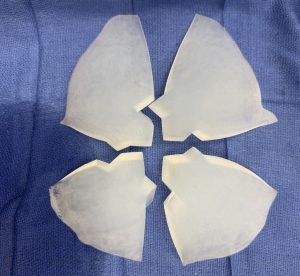
Key Points:
1) Large custom skull implants often require a 1st stage scalp expansion for both fit and safety of the hair follicles.
2) The first stage scalp expansion volume should equal or exceed the volume of the designed custom skull implant.
3) To keep scalp incisions small the large custom skull implant is designed in multiples pieces to be reassembled once inside the implant pocket. (ship in the bottle approach)
Dr. Barry Eppley
World-Renowned Plastic Surgeon




